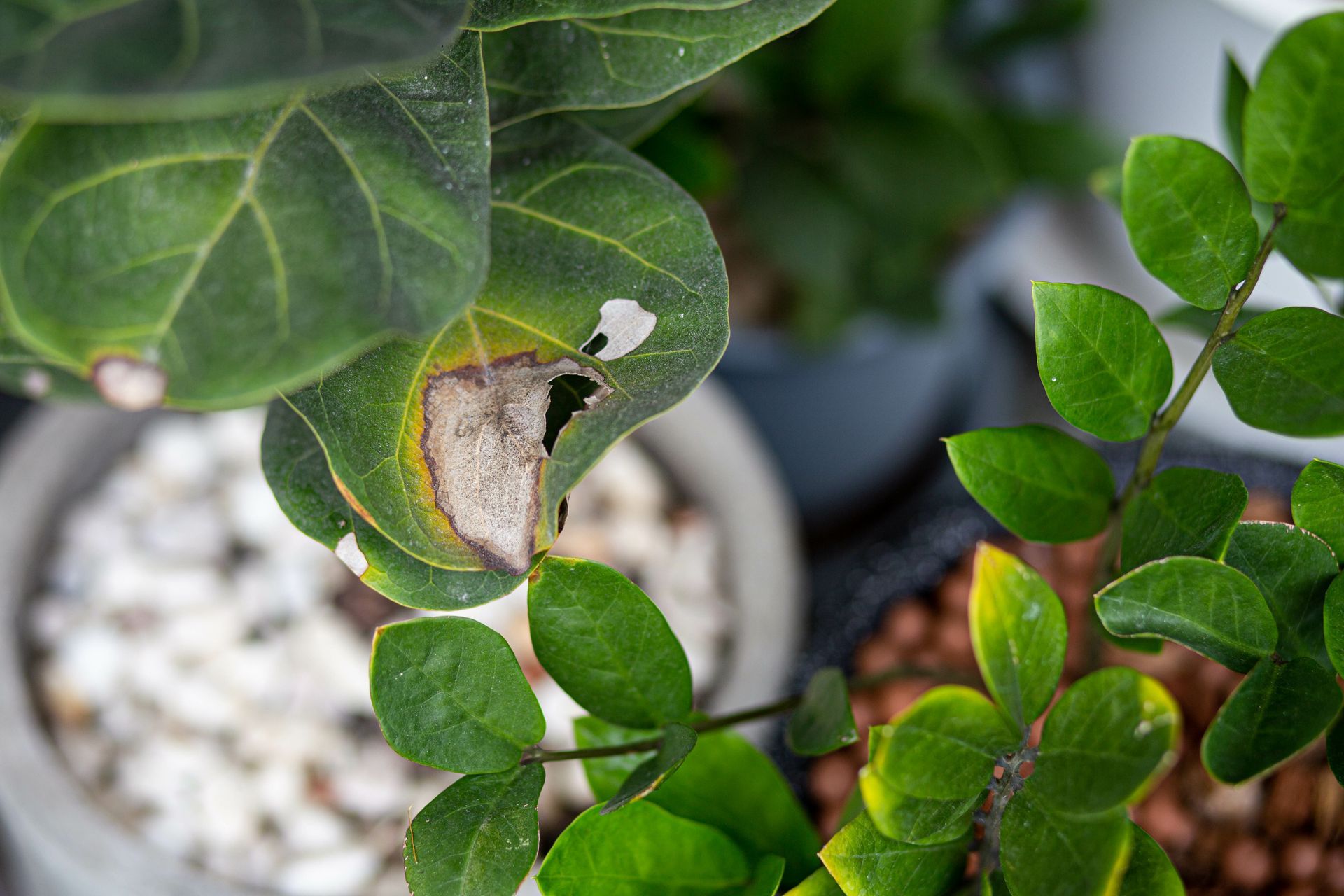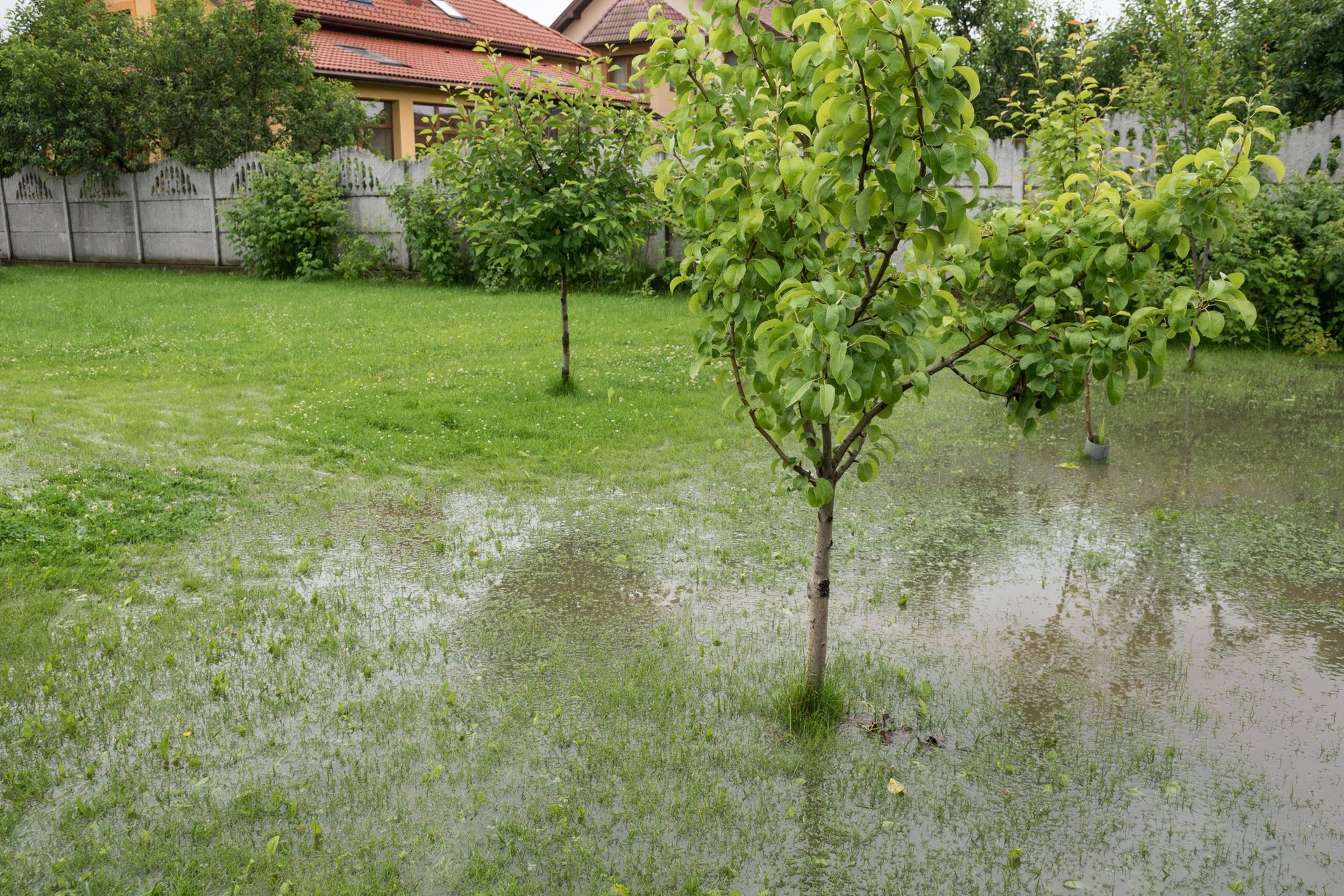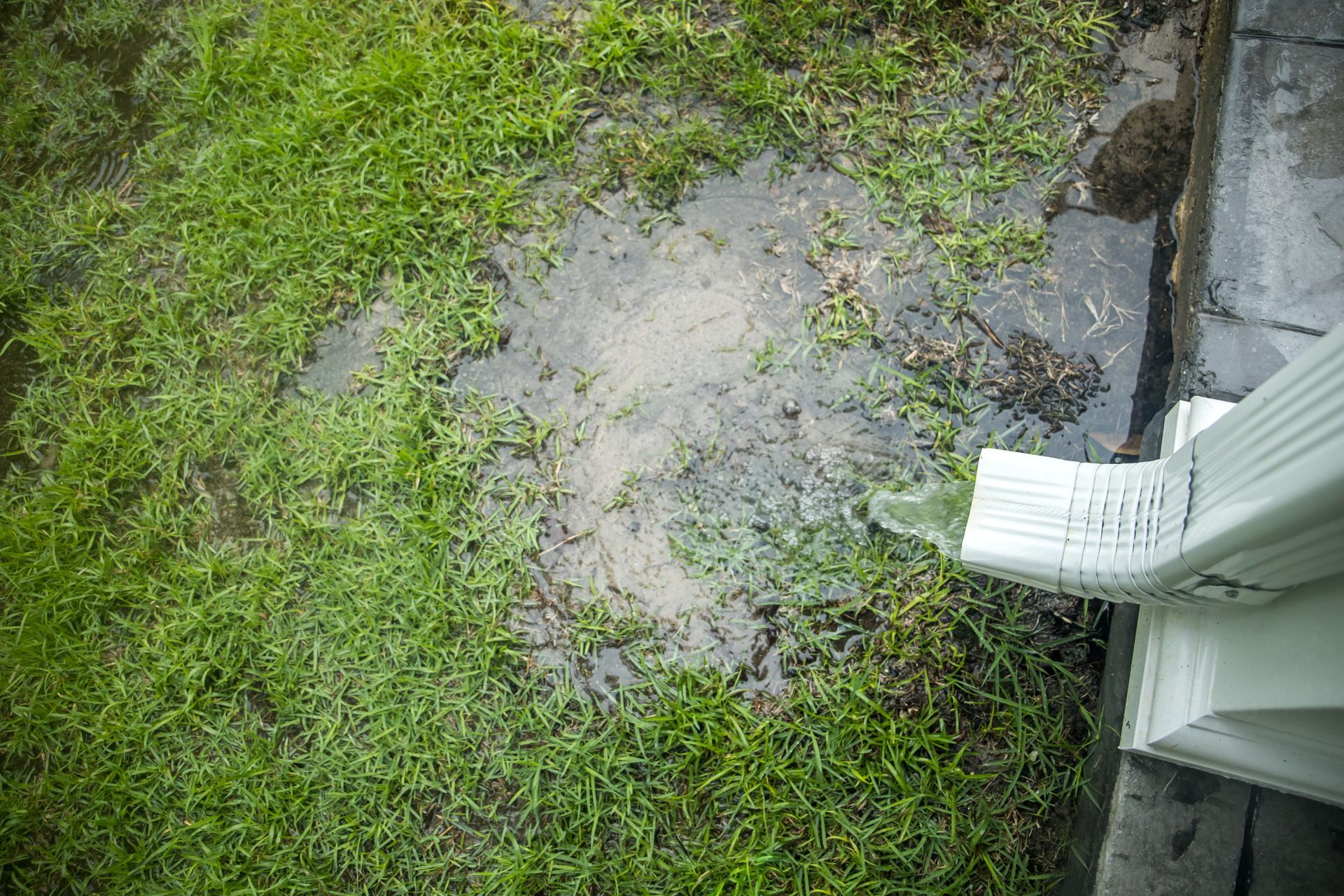Baton Rouge Residential Landscaping: Optimizing Your Landscape Strategy Based on Yard Location
If you're looking to create a vibrant and picturesque backyard landscape, it's essential to give careful thought to your planting strategy and design. Take the time to consider the placement of your flowerbeds and landscaping features carefully. Like with real estate, location is everything when it comes to planting. The success of your landscaping hinges on your ability to fully understand the unique characteristics of your property. Ensuring that your flowerbeds and landscaping features are positioned in suitable locations can be the key to success.
Using Sun Strategically: Adapting Your Planting Strategy to Changing Sun Patterns
Start developing your strategy by understanding the quality and the timing of sunlight your yard receives. Each plant thrives under specific conditions. Some bask in the sun's glory, while others prefer dappled shade. Morning sun is gentle and indirect, ideal for delicate seedlings or shade-loving plants. Midday sun is intense, perfect for sun-loving vegetables and flowers, but can scorch sensitive plants. The afternoon sun is even hotter and harsher, potentially causing damage to your lawn and landscape plants that are not optimized for full sun exposure.
Seasonal shifts in the sun's pattern should also be considered. In summer, the sun shines high, casting less shade, while winter sees it dipping lower, offering more shade from trees with their leaves shed. Plant taller plants on the south side of your yard to shade their shorter companions in the scorching summer heat. Choose shade-tolerant beauties for areas that lose winter sun due to leaf loss.
Buildings, fences, and trees create unique microclimates with varying sun exposure. North-facing walls offer cool shade, while South-facing sides of buildings tend to have a longer growing season than nearby areas since they get more sun. Fences can block wind or create pockets of warmth. Tall, more upright style plantings can create natural or “living fences” that add privacy, color, and texture that typical wood fences can’t allow. Utilize these microclimates to your advantage to transform your landscape into a haven for diverse plant life.
Water Wisely: Creating Landscape Zones using Natural Drainage Patterns
Understanding water drainage and matriculation is crucial for keeping your landscape and lawn healthy and thriving. Water matriculation refers to how water moves through the soil. The soil acts like tiny sponges, slowly releasing water and allowing air to reach plant roots, which is vital for respiration and nutrient uptake. Whether due to drainage issues or poor soil conditions, overwatering saturates these sponges, suffocating roots and inviting disease, eventually leading to yellowing colors and lack of growth.
Elevation and soil type play significant roles in drainage. Sandy, well-drained soils on slopes encourage water to flow quickly, while clay-heavy soils in low areas hold moisture longer. Identifying such variations on your property is crucial and observing your landscape after heavy rain can be insightful in isolating areas where potential issues may arise. Areas where water puddles quickly indicate poor drainage, while areas that dry fast have good drainage. Utilize natural slopes to direct water away from areas prone to overwatering. Consider grading your yard or adding drainage to keep your lawn and plants healthy and prevent a heavy rain event from washing out your beautiful landscape.
Create landscape zones based on the property's natural or designed drainage flow. Poor drainage areas might necessitate raised beds or a rain garden for moisture-loving plants. Well-drained slopes might require drought-tolerant plants or a layer of mulch to help retain moisture. Grouping plants with similar drainage needs simplifies watering and ensures everyone gets their happy medium. By understanding and utilizing the natural water flow on your property, you can unlock a diverse and flourishing landscape while keeping your watering expense and time to a minimum.
A thriving landscape starts with understanding the unique location of your property. Assessing sunlight, drainage, and other factors before planting will reward you with thriving plants and a beautiful outdoor space. The experts at Kyle's Lawn and Landscape can help you create and maintain your ideal backyard.
You might also like

Office Hours
- Mon - Fri
- -
- Sat - Sun
- Appointment Only
- Mon - Fri
- -
- Sat - Sun
- Appointment Only
Kyle's Lawn & Landscape, LLC
All rights reserved




